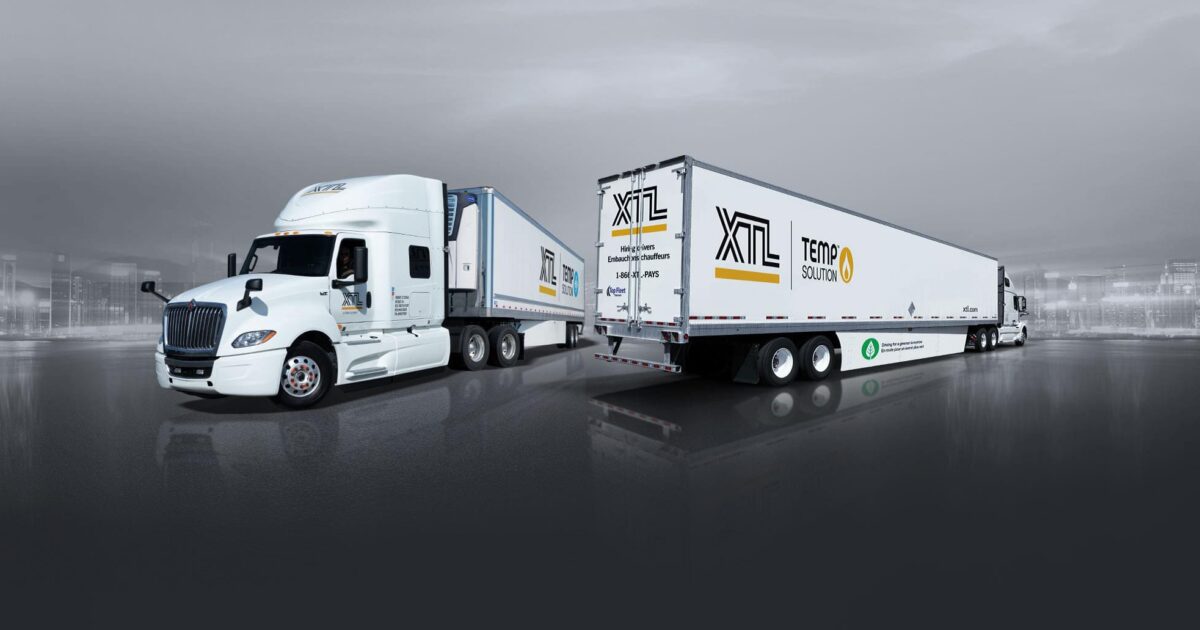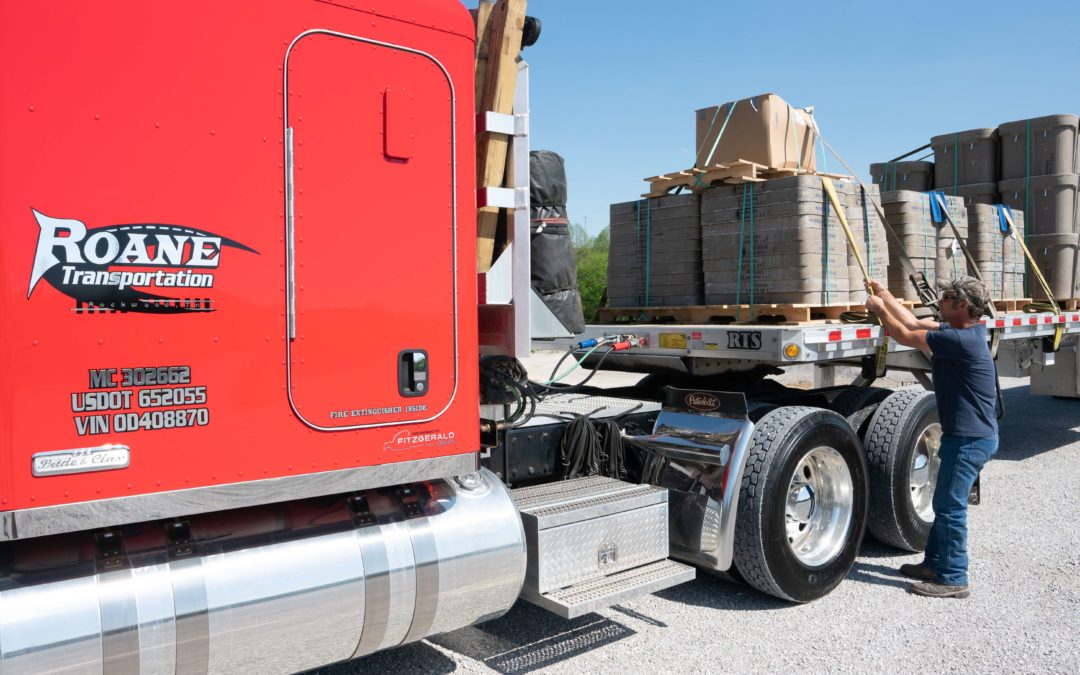Transporting large equipment and heavy machinery is no small feat. It requires meticulous planning, specialized vehicles, and a deep understanding of logistical challenges.
From construction sites bustling with activity to industrial plants where precision is paramount, the movement of hefty gear and massive machines can make or break a project. Whether it’s excavators, cranes, or oversized transformers, each piece of equipment presents unique demands and considerations.
Factor in the local regulations, weight limits, and the need for safety protocols, and the task becomes even more complex. In this guide, we’ll explore the best methods and strategies to ensure that your heavy machinery arrives at its destination safely, efficiently, and on schedule.
Whether you’re a seasoned operator or new to the field, the insights ahead will equip you with the knowledge to navigate the nuances of transporting large equipment like a pro.
Choosing the Right Transport Method

Choosing the right transport method for large equipment and heavy machinery is a multifaceted decision that hinges on several vital considerations. First and foremost, you must assess the dimensions and weight of the items in question; oversized machinery often requires specialized transport options such as flatbed trucks or lowboy trailers.
Additionally, the terrain and route play significant roles—narrow roads, bridges with weight restrictions, and unpredictable weather conditions can transform a straightforward journey into a logistical nightmare. Timing is another key factor: some transport methods can offer speed and efficiency, while others may prioritize safety and cost-effectiveness.
Finally, it’s imperative to consider the loading and unloading procedures, as these processes can dramatically influence the choice of vehicle and equipment. Careful planning in this stage will not only help in preventing damage but will also ensure compliance with regulations.
Each of these elements intertwines, forming a unique tapestry of requirements that, when accounted for, lead to the optimal transport method tailored specifically for your needs.
Preparing Your Equipment for Transport
Preparing your equipment for transport is a critical step that can’t be overlooked. Begin by conducting a meticulous inspection of each piece of machinery; this entails checking for any signs of wear, loose components, or potential hazards that could complicate the move.
Next, ensure all accessible fluids are drained to prevent leaks that could damage your transport vehicle or the environment. Disassembling large pieces, when possible, not only reduces the volume but also mitigates the risk of damage during transit.
Secure each section meticulously, utilizing straps and padding to protect against shifts and jolts that could occur on the road. Additionally, don’t forget to double-check all transportation regulations specific to the size and weight of your cargo; this foresight can save you from hefty fines or delays.
Finally, document everything—photos of the equipment, the condition pre-transport, and the handling procedures—providing a clear reference for both you and any transport personnel involved in this crucial logistics puzzle.
Loading Techniques for Safe Transport

When loading large equipment and heavy machinery for transport, employing effective techniques is essential for safety and efficiency. Start by securing a stable platform, ensuring that it can support the weight and dimensions of the machinery. Utilize heavy-duty ramps and forklifts for loading, as these tools enhance both safety and accessibility.
It’s critical to balance the load evenly to prevent tipping during transit; this means checking the weight distribution meticulously before the machinery is secured. Use quality tie-down straps and chains to anchor the equipment securely, and don’t underestimate the value of padding to protect both the machinery and the transport vehicle from potential damage.
Lastly, always conduct a thorough pre-transport inspection, confirming that all components are in working order and safely stowed away; a little diligence here can save a lot of trouble down the road.
Conclusion
In conclusion, transporting large equipment and heavy machinery requires careful planning, the right choice of transport mode, and adherence to safety regulations. It is crucial to evaluate the specific requirements of each load, including weight, size, and destination, to determine the most efficient transport strategy.
Whether opting for flatbed trucks, specialized trailers, or interstate haulage services, ensuring that the machinery is securely loaded and compliant with legal standards will help mitigate risks during transit. By considering these factors, businesses can optimize their logistics operations, ensuring that their valuable equipment is delivered safely and on time.


